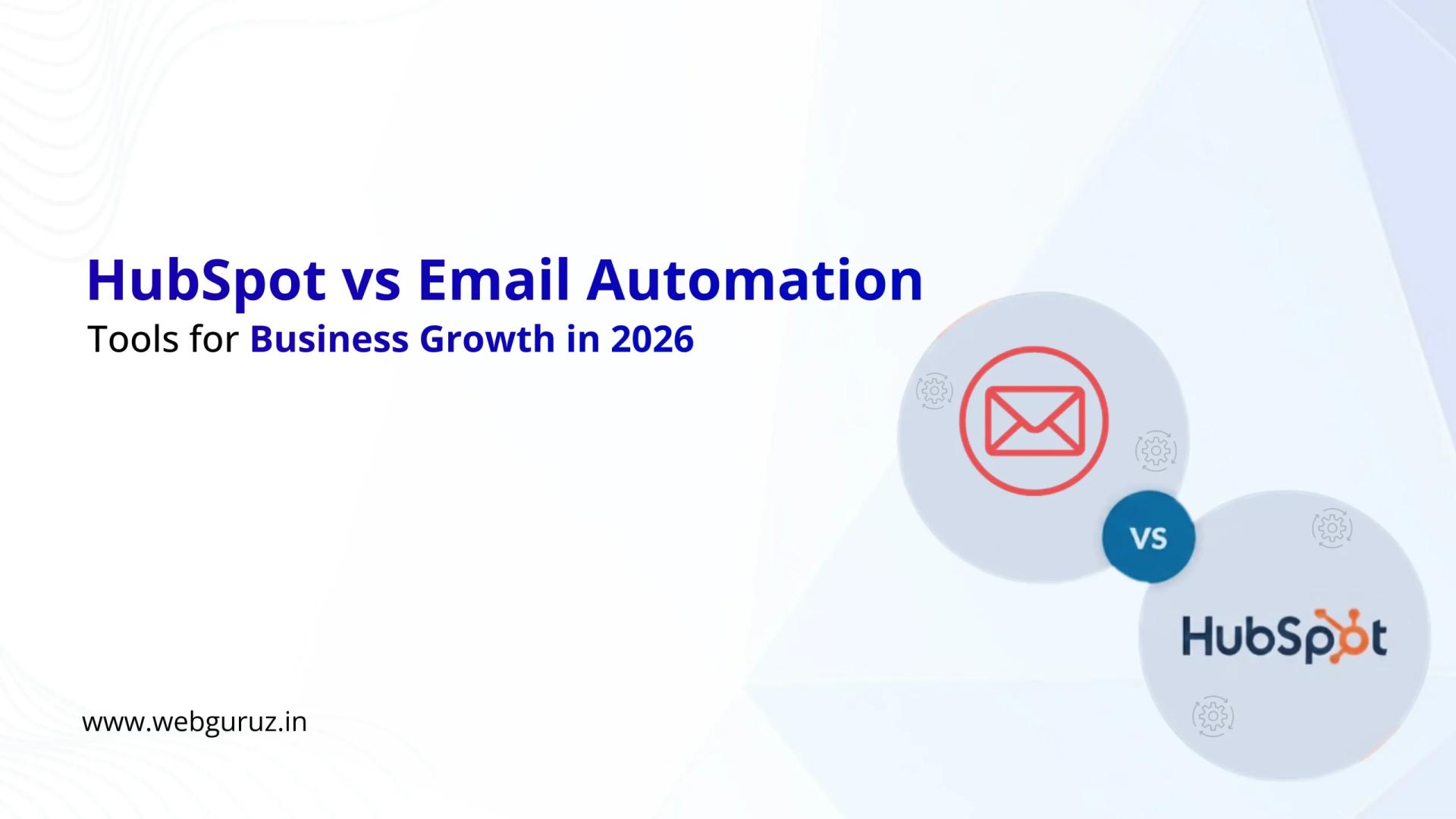Mohit Bhatt
2025-12-05
7 min read
9 PPC Companies in India Driving Explosive ROI in 2026
If you’re currently running a business, you’ve probably heard about PPC advertising: Pay-Per-Click campaigns where you only pay when someone actually clicks your ad.
Read More









